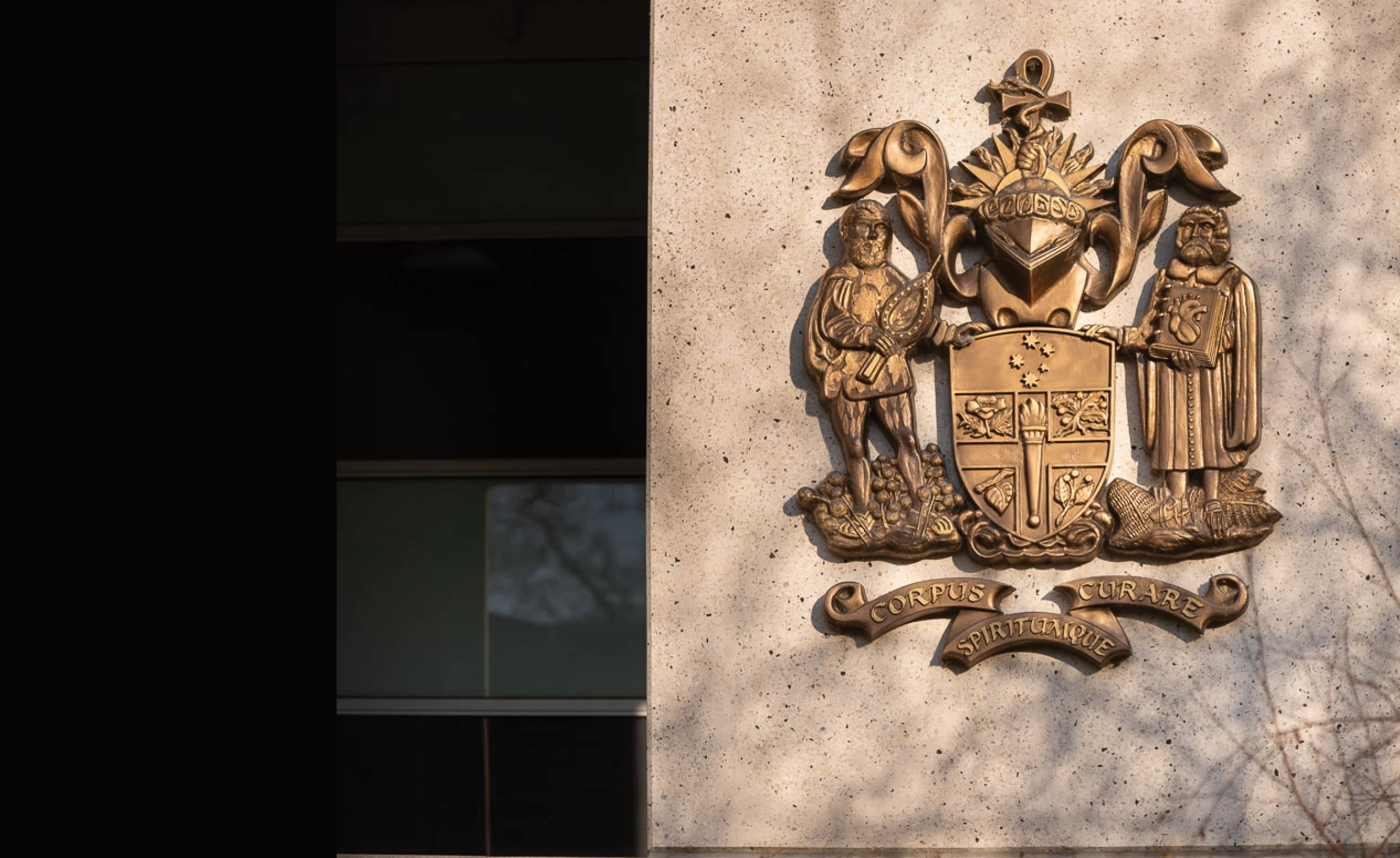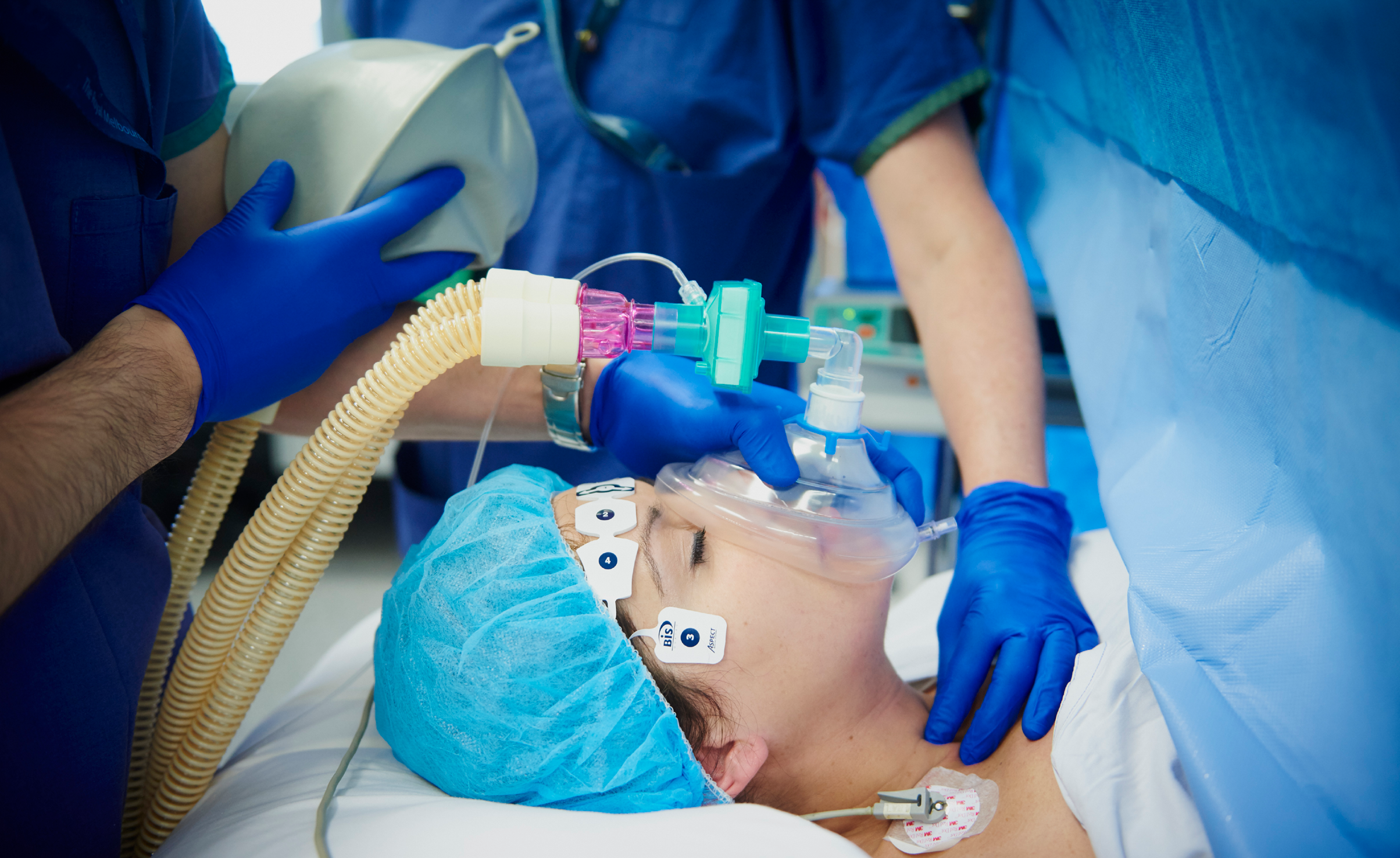Many of today’s operations, especially for the very young, very old or very ill would not be feasible without modern anaesthesia.
There are several types of anaesthesia that may be used individually or in combination, depending on the operation.
Anaesthetists are specialist doctors with unique clinical knowledge and skills. They have a major role in the perioperative care of surgical patients.
Having surgery under anaesthesia can be a bit daunting, especially if it’s your first time. But there are a few simple things you can do to get yourself better prepared for your surgery.
There are several types of anaesthesia that may be used individually or in combination, depending on the surgery.
You might not need the care of an anaesthetist when you’re carrying and delivering your baby, but it’s good to know what your options are.
Children of all ages, including newborn babies, may require anaesthesia. We'll take various concerns into account to determine what skills and experience medical staff will require to ensure your child has the best outcomes possible.
Endoscopy procedures, which include gastroscopy and colonoscopy, are frequently performed as day-stay cases.
Most adult heart surgery in Australia and New Zealand is performed for coronary artery disease and heart valve disease.
Joint replacement surgery is a common and effective procedure for relieving disability due to severe joint pain and loss of function.
This information has been developed by accredited specialist anaesthetists to help anyone who is considering cosmetic surgery in Australia or New Zealand. It will help you to understand the risks associated with anaesthesia, and the key questions you should ask before having a cosmetic procedure.
Smokers are at increased risk of respiratory, cardiac and wound-related complications following surgery.
Eye surgery can be performed under eye block, topical anaesthesia or general anaesthesia.
Information on anaesthesia monitoring and other common medical procedures for patients who have undergone axillary surgery, including sentinel lymph node biopsy, targeted axillary dissection, and axillary clearance.
Information about the environmental impact of anaesthesia.

Fellowship of the Australian and New Zealand College of Anaesthetists (FANZCA) is an internationally recognised hallmark of specialists of the highest professional standing.
Is your anaesthetist a FANZCA?
Look for the post-nominals FANZCA

